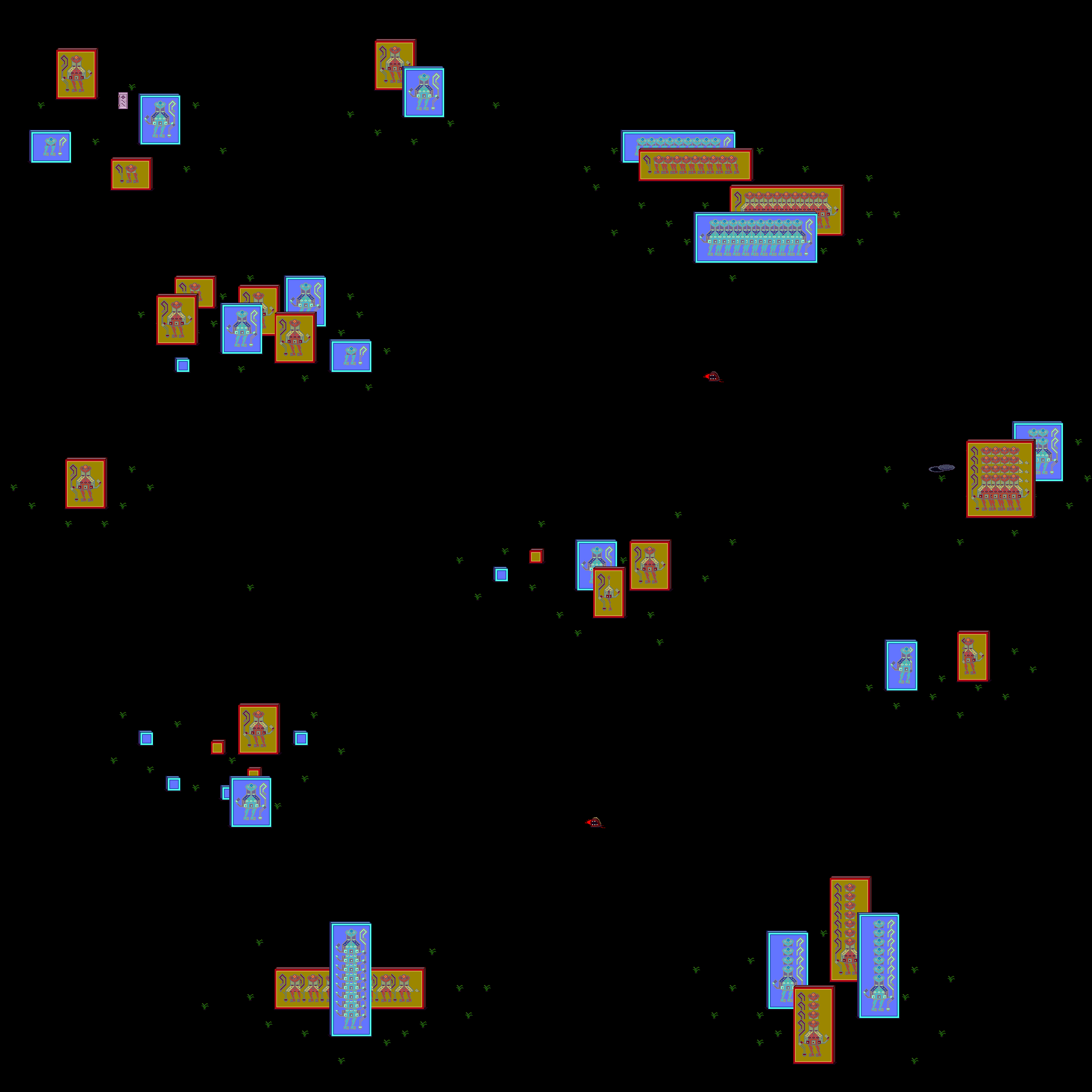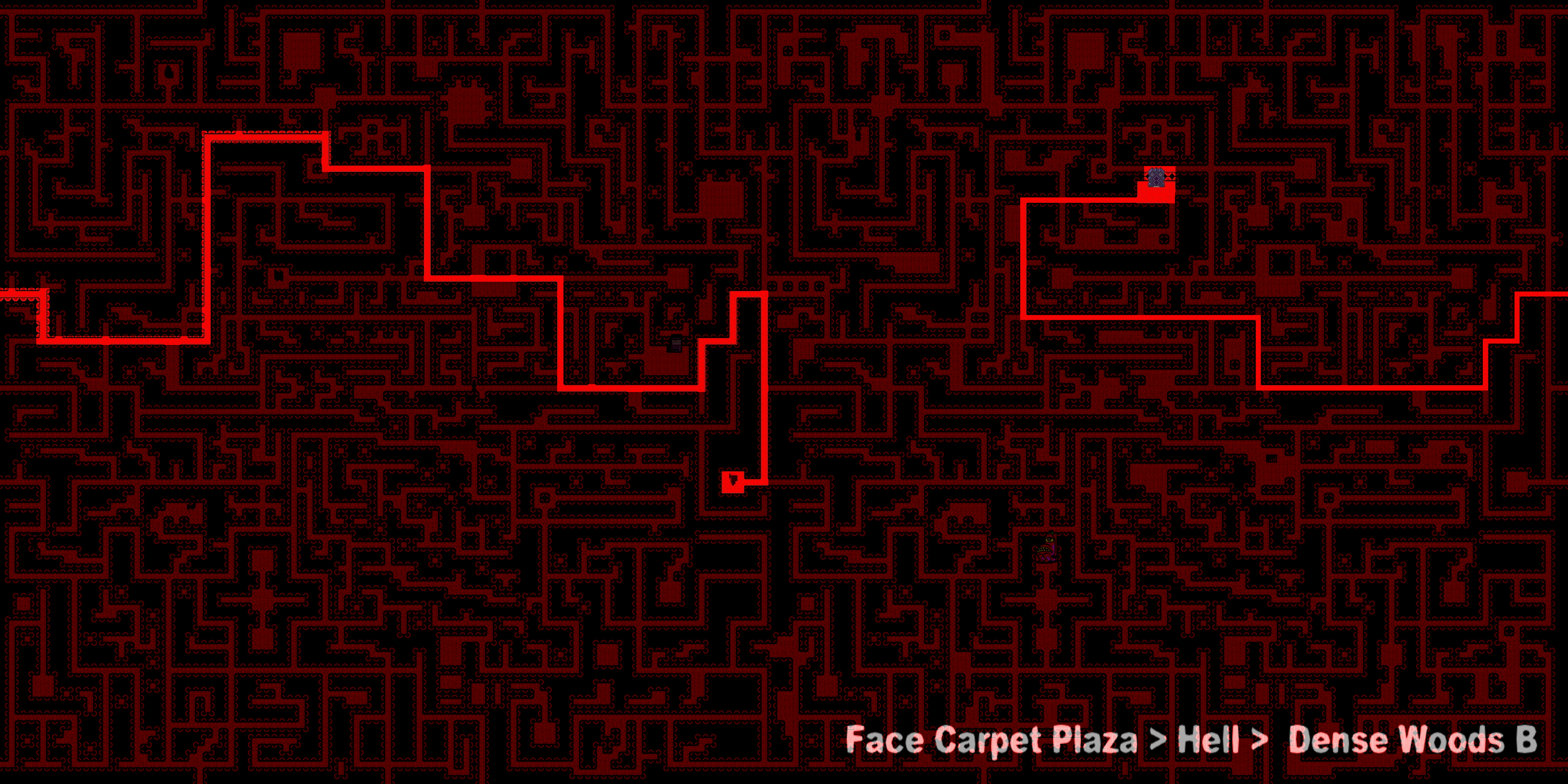


But there is still much to find and see, in terms of strange creatures and unsettling imagery. Much of the game has you walking through large and discomforting empty spaces, making for a slow and lonely experience that is highly unusual for video games.
.png)
You start by picking one of twelve doors, each of which leads to a unique dreamscape (each of which in turn has doors and hidden passages that lead to even more strange places). In the game, Madotsuki goes to bed and falls asleep, and pretty much all you do control-wise is have her walk around in bizarre dream worlds. From what I understand, the name isn’t a real one, but mado means window in Japanese (and indeed, there is what appears to be a window to her heart, emblazoned on her sweater). In Yume Nikki (“Dream Diary”), you play as a girl named Madotsuki. Yume Nikki was different from all of these titles, and others of their ilk ( Ao Oni, Mad Father, Corpse Party, etc), in that it didn’t really have a story. I enjoyed titles such as Ib, The Witch’s House, and The Crooked Man because they each told an interesting little horror story in a unique way, and I liked the characters. I’ve never been into games too much, but around that time I took an interest in what I’d call “pixel horror RPGs,” most of which were indie titles from Japan I could download on my laptop for free and play through in five or so hours. I first played the Yume Nikki game about… oh, probably 8 or 10 years ago, somewhere around there. The novel I’ll be reviewing is a self-contained volume, and was released in ebook formats by J-Novel Club in January 2018. The game is available in English for free on PC via Steam. The Yume Nikki game was created with RPG Maker 2003, and released in June 2004. It was released in Japanese in August 2013, and is based on an unusual and surreal pixel-based exploration game made by Japanese developer Kikiyama. This review is for Yume Nikki: I Am Not in Your Dream, a novel written by Akira and illustrated by Aco Arisaka.


 0 kommentar(er)
0 kommentar(er)
